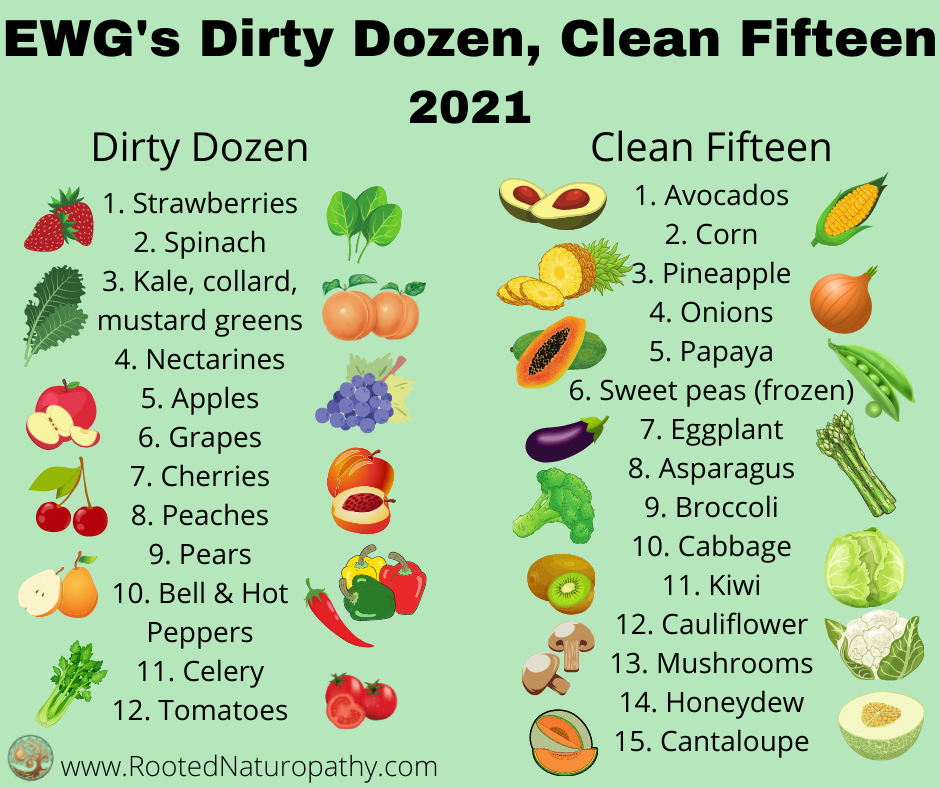How to Eat Clean on a Savvy Budget
- Lisa Pomerantz

- Jul 20, 2021
- 2 min read
You can also watch a video on this post on my YouTube channel!
Have you ever picked up an organic and conventional pepper and gasped at the price difference?
You might've heard how organic is a healthier choice, and you care about making healthier choices for you and your family, but if you're shopping on a budget conventional produce typically wins out.
But, armed with a little knowledge, you can both pick the healthier option AND stay within your budget.
This is why the Environmental Working Group, or EWG, produces the Dirty Dozen and Clean Fifteen list.

Before I explain the list, I want to share with you why you should care about eating organic at all.
Organic farming has strict regulations on which pesticides and fertilizers are allowed to be sprayed on them. This doesn't mean none are allowed to be sprayed, but if a farmer chooses to use any, the ones on the list are generally much less harmful than their counterparts sprayed on conventional produce.
Additionally, organic produce cannot come from GMO seeds. The jury is still out on if GMO crops in and of themselves are harmful. Different studies conclude both the presence and absence of various harms, although I remain highly suspicious of foods with manipulated DNA. The thing about GMOs which we KNOW is harmful is that they come with the spraying of highly toxic chemicals such as Glyphosate. This stuff if correlated to cancer, immune dysfunction, reproductive issues, hormone disruption, just to name a few. GMO crops are genetically engineered to tolerate heavy doses of glyphosate, and this is my number one health reason for avoiding them.
Another reason to eat organic is that studies show that it contains greater amounts of health promoting compounds. The vitamin content has indeed been show to be equal to conventional, but organic has more compounds known as polyphenols. Polyphenols are antioxidants, anti-cancer, anti-inflammatory, and immune boosting. Who wouldn't want more of that?
So, what does dirty dozen and clean fifteen mean anyway? EWG conducts studies to find the produce with the most and the least chemical residue on it. The produce with the most residue lands itself on the Dirty Dozen list. These you absolutely want to purchase organic. They have a thinner outer skin and all those chemicals leach their way into the flesh of the plant.
The Clean Fifteen list is comprised of produce with the least to no residue on it. These tend to have a thicker skin or simply less chemicals are needed in the farming of these crops.
If you’ve ever looked into the GMO debate, you’ll know that one of the most common GMO seeds is corn. Why, then, did it land on the Clean list? From my research, I’ve found that corn’s husk is so thick that chemical residues are not found on the kernels we enjoy. Nonetheless, I always buy organic corn. Like I mentioned, foods with heavily modified DNA just do not sit right with me.
So go ahead and save the graphic above on your phone, or print it out and keep it in your wallet for a convenient tool to shop healthy and smart.



Comments